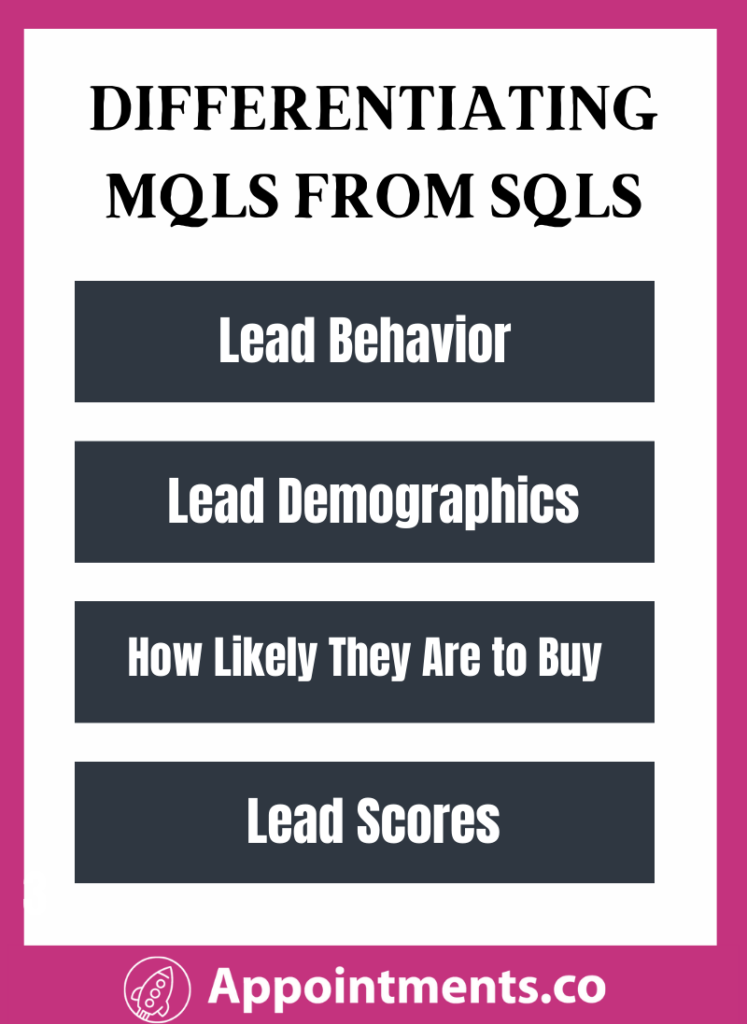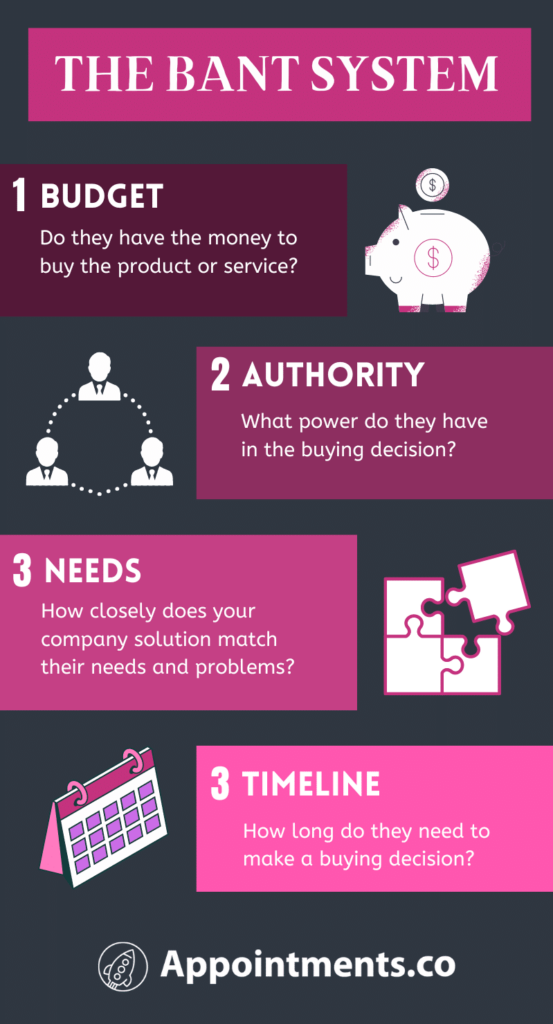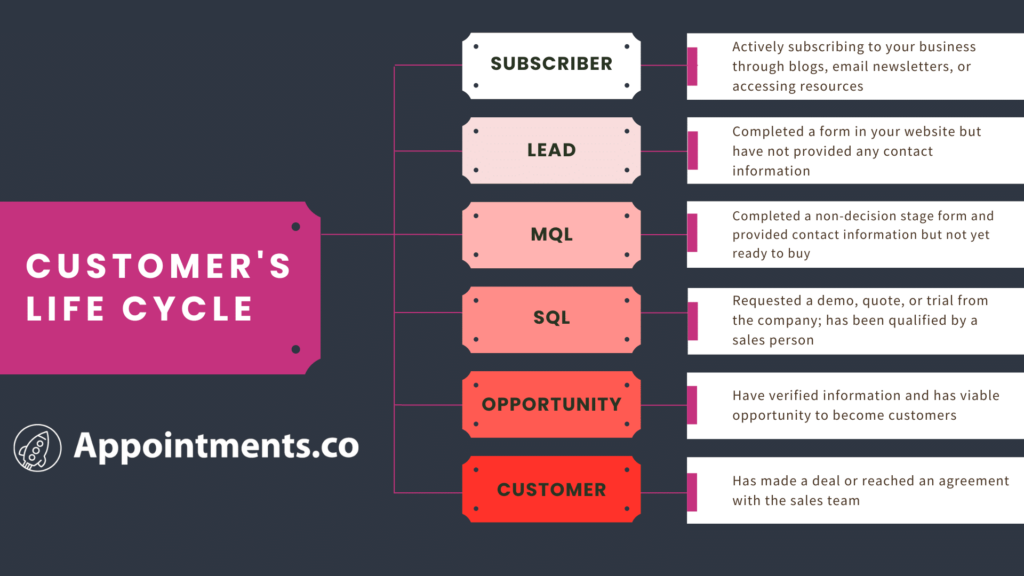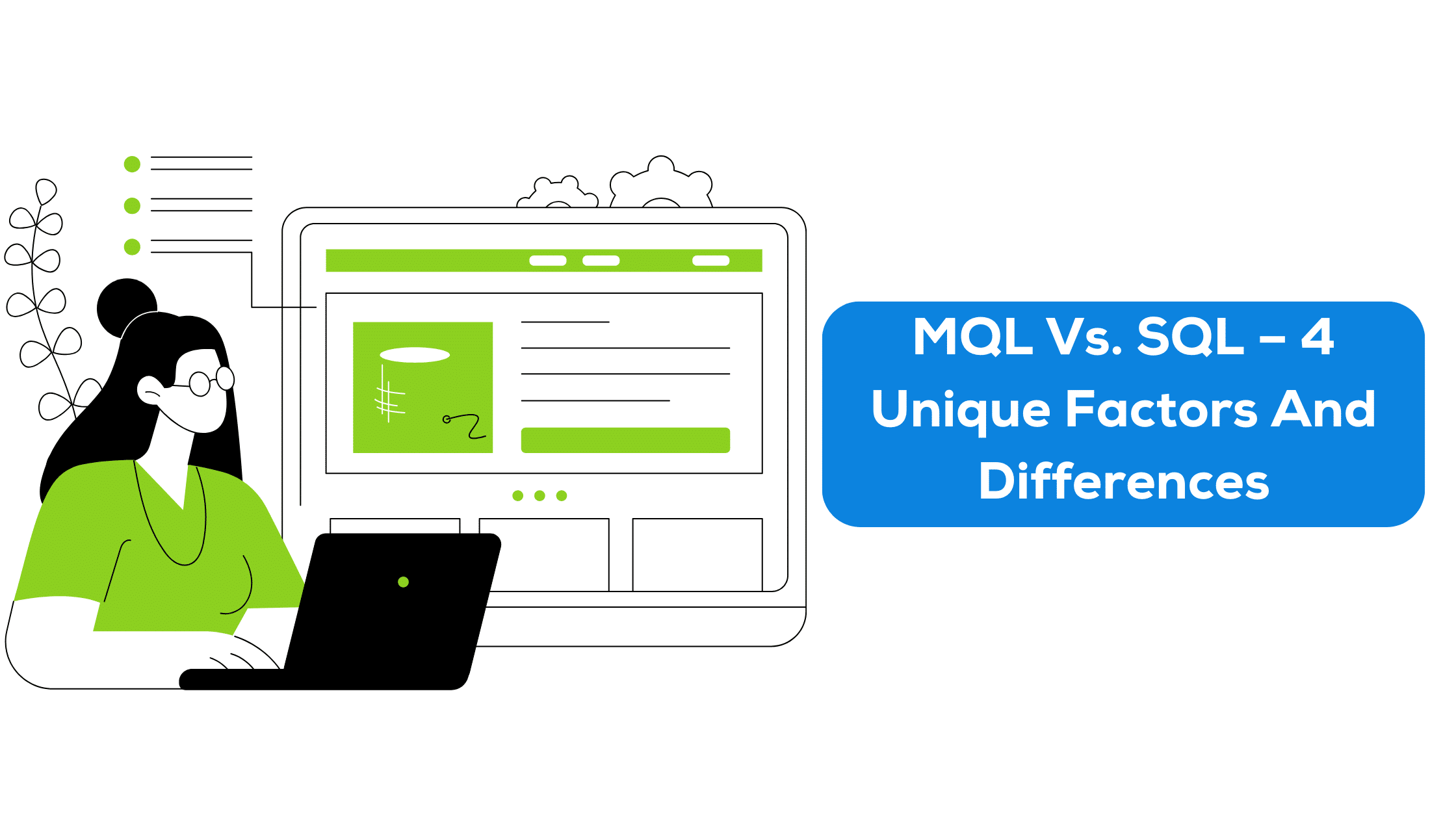MQL vs. SQL is a unique comparison that depicts how leads differ in terms of their standard and likeliness to become a customer. A survey says, on average only 13% of the MQLs are SQL. That means, only 13% of the leads are qualified for sales while others has be subjected to a marketing campaign.
From the sales and marketing perspective, people don’t turn into customers immediately. They have to go through a number of stages before you convince them to buy something from you. And at some point throughout those stages, they will become leads, which is a crucial part of becoming customers.
Leads are those who already have an interest in your business, but have yet to decide if they’ll buy or not. That’s where the marketing and sales teams come into play. They’ll have to work together to engage with your leads to turn them into customers.
But, before they do that, they have to differentiate various stages of leads. Comparing MQL vs. SQL can help you come up with an effective strategy that converts.
What Are Marketing Qualified Leads (MQL)?
MQLs are people that the marketing team has found to be a good fit to become prospective customers. The team bases this on their engagement with your business. For example, they read your marketing email or signed a form. But, just because they interacted with your business doesn’t mean they’re ready to buy anything from the company.
That’s why the marketing team is there to handle anything involving MQLs. They should continue to market, educate, and nurture them until they become SQL.
Take for example someone who subscribed to your newsletter. These “leads” are actually weak as they haven’t shown any interest in your product yet. If anything, they only gave you their email in exchange for more content. Leads are more qualified if they submit an actual sales or demo request form.
But you need to remember that some businesses immediately send leads to sales for follow-up. This happens when there are no uncontrollable amounts of leads arriving. But, if they don’t advance in the sales process, the team can always convert them into MQL.
What Are Sales Qualified Leads (SQL)?
When your MQLs are ready to buy, you can identify them as SQLs. These are MQLs that have effectively passed the lead nurturing process. They are also those that show interest in becoming customers.
But before the sales team takes over, there are different factors to consider. For example, if the lead is the CEO of your target company, sales should attend to the lead immediately. If the lead comes from a mid-level manager, the marketing team can continue to market to them.
After marketing determines the readiness of MQLs, they pass them to the sales team along with any other important data.
The sales team can, then, assess the qualifying leads to determine the next course of action. More often than not, the team conducts client prospecting. Reps qualify their own leads while prospecting for sales, rating them according to how prepared they are to convert.
If they’re dealing with B2B buyers, they can also dig a little deeper into:
- Their business profile
- Their position, level of responsibility, and decision-making status within the company
- Their pressing issues and pain points
- Their attitude toward the prospective purchase
- Their interests, involvement on social media platforms, and activity in professional communities.
This information can help the team to decide what sales script to use, and when to initiate contact with the lead.
MQL vs. SQL: So What’s the Difference?
Differentiating MQL vs. SQL helps both sales and marketing teams understand what they need to convert leads. And this is important since the success rate of sales and marketing depends on how effective their methods are.
To be specific, marketing teams can identify the plan that helps them nurture leads and advance to the SQL stage. When your leads are interested enough in your brand, you don’t have to introduce your brand further. Instead, you should offer content that focuses on sales.
Meanwhile, the sales team can assess the leads to see if they match the criteria of sales-qualified leads. By doing so, they can identify which inbound sales methods best convert leads into revenue-generating customers.
With that, here are some things to consider in differentiating MQL vs. SQL:

#1 – Lead Behavior
One way to differentiate MQL vs. SQL is through lead behavior. This takes into account how prospects interact with brands and how engaged they are. Marketers can measure this by identifying the following:
- Frequency of website visits
- Conversion and engagement rates
- Relevance of conversions
- Referral channels
- Contact requests
You can identify a lead as MQL if they only visited your website or pages once. But, if they visit your service sites more than 10 times, you can identify them as SQL.
The same holds true for how leads interact with other online aspects of your marketing. This includes opening emails and interacting with the company on social media.
#2 – Lead Demographics
The marketing and sales teams can also use a lead’s demographic data on MQL vs SQL. This is so that they can see how well they match the company’s ideal customer profile.
Consider analyzing the leads’ age, education level, job title, employment status, income, and industry of work. Aside from these, you can also look at their profile to learn more about their pain points, buyer persona, and budget for spending.
#3 – How Likely They Are to Buy
Another important component of MQL vs. SQL is their likelihood to buy. Consider a lead that has been to your website 10 times. This kind of behavior is promising on its own. It’s even more promising if they continue to show interest in buying from you after their visits.
When this happens, you can say that they have a strong likelihood to buy from you. This means that they qualify as SQL.
But sometimes, leads visit the website less often than before, and after their final visit, they unsubscribe from your emails. This doesn’t look like they have any intentions of buying from you anymore. When this happens, it means that you need to market to them some more, which makes them MQLs.
Comparing MQL vs. SQL based on conversion rates and other behaviors can be hard. Nevertheless, the teams can use the BANT system to help them identify qualified prospects.

#4 – Lead Scoring
Lastly, you can also compare MQL vs SQL through a lead scoring system. This system helps marketers determine the point values required to convert clients from MQLs to SQLs. It also helps the sales team to create an ideal customer profile by separating high-potential leads from poor-quality leads.
MQL vs. SQL lead scores depends on different factors, such as site visits. Regardless of the criteria you use, it can help you identify which leads are the furthest along in the sales funnel.
MQLs can have decent lead scores, but you won’t find them at the bottom (furthest) of the funnel. Instead, you can identify those with the highest lead scores as SQLs.
MQL vs.SQL in a Customer’s Life Cycle: How Do MQLs Transition to SQLs?
As mentioned earlier, leads have to go through different stages before you can convert them into customers. The marketing team is responsible for the first stages, while the sales team handles turning leads into clients. Here are the following stages that each lead goes through:

Frequently Asked Questions (FAQs)
1. Can You Skip the MQL Stage?
Leads won’t have to go through the MQL stage in some situations. But, it doesn’t mean you have to design your marketing approach with the intention of cutting the sales cycle short. You need to confirm that every lead you classify as SQL is actually prepared to buy. Otherwise, you run the risk of losing a lot of potential clients.
2. How to Calculate MQL to SQL Conversion Rate?
This refers to the ratio of marketing-qualified leads to sales-qualified leads. Consider the following example: your website creates 1,000 MQL at the end of every month. 350 of them respond to the initial outreach attempts by your sales team and become SQLs.
Your MQL to SQL conversion rate for one month is (350/1000) x 100, or 35%.
3. What Is a Good MQL to SQL Conversion Rate?
A good MQL to SQL conversion rate is 13% across several markets and distribution channels. This can be higher when it comes to calculating the conversion rate from websites and employee/customer referrals.
Wrapping Up
As you can see, MQLs differ from SQLs in terms of:
- Lead behavior
- Lead demographics
- Likelihood of buying
- Lead scores
Differentiating MQL vs. SQL is an important part of your overall sales and marketing strategy. The sales and marketing teams should work closely to find the best means of transferring and converting leads. If you find it challenging to convert a marketing-qualified lead into a sales-qualified lead, you can choose an appointment-setting service. Appointments.co makes sure you close more deals while they take the burden of converting those qualified leads
Illustrations: Storyset



